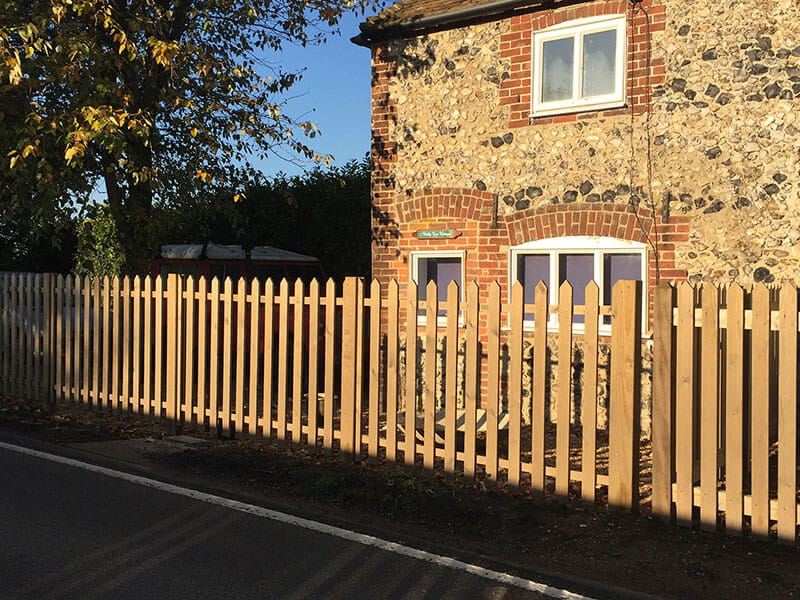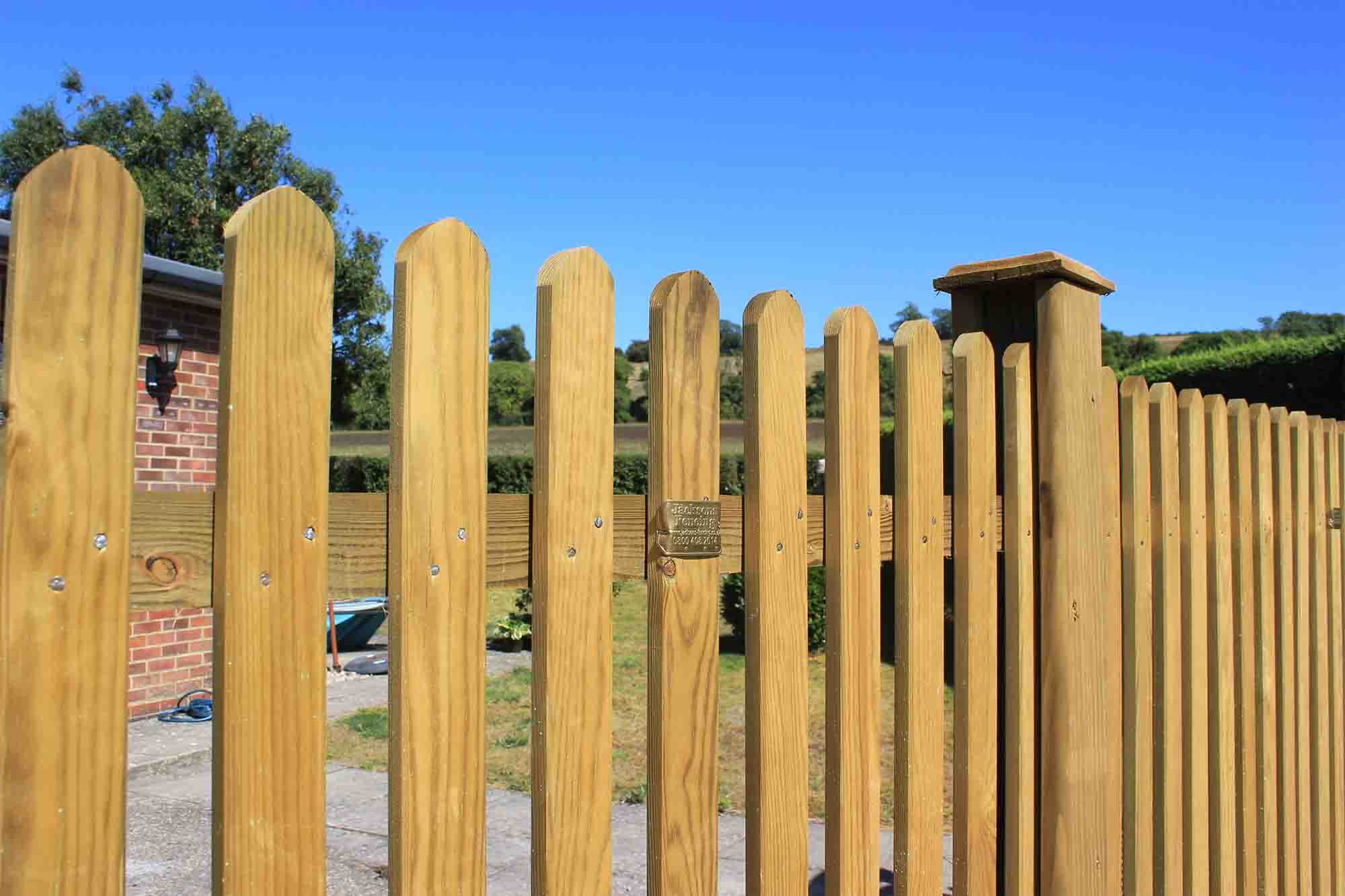21/06/2024 11:05 AM
Cottage fencing typically refers to a style of fencing that complements the rustic charm and quaint aesthetics often associated with cottages, rural homes, or countryside dwellings.
This type of fencing is characterised by its traditional, nostalgic appeal and is commonly used to enclose gardens, define property boundaries, or enhance the curb appeal of cottage-style homes.

Factors to consider when choosing cottage fencing
When selecting the appropriate cottage fencing, several factors should be taken into consideration to ensure that the chosen fencing not only enhances the aesthetic appeal of the property but also meets practical needs, especially in remote locations.
Cottages situated in remote locations are often exposed to wild weather, including strong winds, heavy rain, and even snowfall. Therefore, it's essential to choose fencing materials that can withstand such elements without compromising durability or structural integrity. Opting for robust materials like pressure-treated timber or powder coated metal railings can provide the necessary resilience to withstand adverse weather conditions and ensure long-term durability, minimising the need for frequent repairs or replacements.
Cottages don’t always have large gardens; some may have small courtyard gardens which can impact the style of cottage garden fencing chosen. The proximity of a property to the fence line may determine the fence height and if a solid or semi-solid design is best. If the boundary fence is close to the property, a shorter panel may be better suited to enable light to still flow into the house, and to allow an eyeline out to the view beyond, for security and enjoyment.
If the property is in a rural environment but close by to other properties, shorter fences encourage socialising between neighbours and create a community feel between each garden.
Privacy needs are another important consideration when choosing cottage fencing, particularly for properties located in secluded or rural areas. While picket fencing may evoke a charming, countryside aesthetic, it may not offer the desired level of privacy for homeowners seeking seclusion from neighbouring properties or passing traffic. In such cases, solid fencing options like Featherboard or Woven fence panels may be more suitable, providing enhanced privacy while still maintaining the rustic charm of cottage-style fencing. Another way of adding decoration to your cottage garden boundary is by choosing an arched fence panel instead of a flat top panel.
Traditional Cottage Fencing Ideas
Cottage fencing adds a touch of quaint charm and timeless elegance to any home's exterior. Among the various options available, traditional picket fencing is one that will immediately come to mind when thinking of cottage fencing.
Picket fencing or palisade cottage fencing
Picket Fencing embodies the quintessential cottage charm with its timeless design. Available with rounded or pointed pales this style of cottage fencing can be supplied in premade panels or in traditional kit form.

Mitre cottage fencing
(Mitre was discontinued May 2025) Mitre is Jacksons Fencing’s take on a modernised picket fence, with thinner, more contemporary shaped pales. The pales have an elongated shape similar to a bishop’s mitre and put a twist on a traditional cottage fence style.

Post and rail rural fencing
Post and rail is often chosen to fence large boundaries when privacy isn’t a concern and a rustic look is desired. Post and rail is comprised of 2 or 3 rails with different options for the shape of the rails and posts.

Cottage fencing ideas with privacy
Not all properties will be separate from others so a fence with a little more privacy may be required. There are still solid fencing styles that complement traditional cottage homes.
Woven fence panels are one of our favourite semi-solid fence panel designs and are a modern, more robust take on woven hazel hurdle fences. This design would suit rural properties who still want a rustic fence style but also require privacy.
Cottage garden fencing not only serves a purpose in marking a boundary, or creating privacy but it adds to the overall aesthetics of not only the home, but the surrounding area and therefore the style of fencing should be considered.
Related blogs
Hazel hurdle fence panels offer a traditional, hand-woven appearance and natural texture, it brings a rustic charm to gardens and landscapes, blending seamlessly into rural and cottage-style settings. But while hazel hurdle fencing certainly holds aesthetic appeal, it also comes with a few practical limitations. That’s where contemporary alternatives like Aran and Woven fence panels step in, offering a similar visual style but with enhanced durability and a longer lifespan.